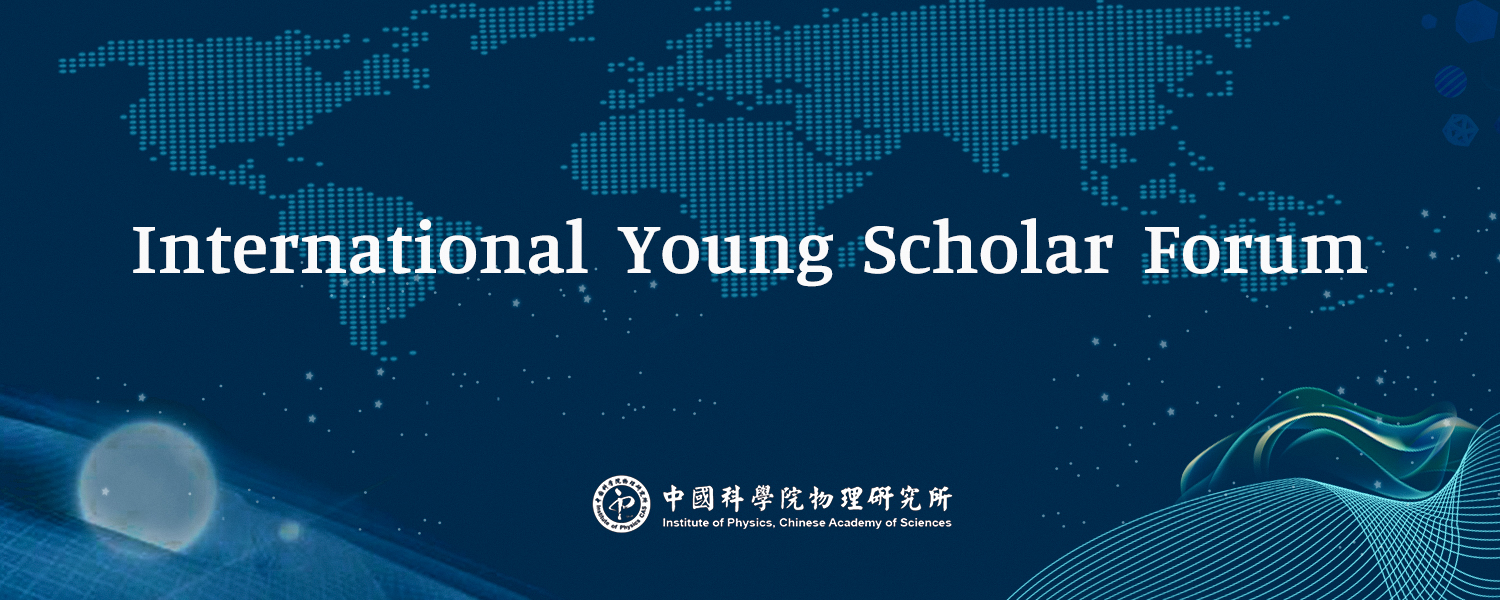Time: 10:00 am, October 22nd, 2020
Speaker: Dr. Fan Yang, Department of Electrical and Computer Engineering, University of California, San Diego, USA
Abstract:
Transformation Optics (TO) has been a powerful theoretical tool in recent two decays. Being capable of arbitrarily controlling the electromagnetic field, TO finds a variety of applications. The earliest application of this theoretical method is in metamaterials, which gives a perfect platform to implement an electromagnetic cloak. Later, TO has also been extended to other waves, such as acoustics, thermodynamics, matter waves. After the extensive application of TO in Metamaterials, this theoretical framework has also found its role in the field of Plasmonics in the past ten years. TO can be used to analytically understand the optical response in complex plasmonic system, especially the structure with tiny gaps or sharp features, such as kissing cylinder or particles, crescent shape. Here, I would like to summary my research works on the application of TO in the field of Metamaterials, Plasmonics and Topology. In aspect of Metamaterials, my research covers dc cloaking and microwave imaging device designed by TO. Regarding the application of TO in Plasmonics, I will mainly discuss the singular metasurfaces, which is analytically studied with TO, which uncovers the underlying physics of the system, such as a continuous spectrum. Also, the nonlocality inside the metal is investigated, which leads the continuous nature of a singular metasurface into a discrete spectrum. Finally, I will introduce some of our recent works on the application of TO to study the topological effect in Plasmonics. We have used a topological language to distinguish the metal and dielectric. Then the application of TO leads to the concept of “Hidden topology”.
Reference
[1] F. Yang et al., "dc electric invisibility cloak," Phys. Rev. Lett., 109, 053902 (2012).
[2] F. Yang et al., "Design and experiment of perfect relay lens based on the Schwarz-Christoffel mapping," Appl. Phys. Lett., 104, 073510 (2014)
[3] F. Yang et al., "Transformation optics approach to singular metasurfaces," Phys. Rev. B, 98, 125409 (2018).
[4] F. Yang et al., "Nonlocal effects in singular plasmonic metasurfaces," Phys. Rev. B, 99, 165423 (2019).
[5] F. Yang et al., “Nonlocal effects in plasmonic metasurfaces with almost touching surfaces,Phys. Rev. B, 101, 075434 (2020).
[6] F. Yang et al., “Electron Energy Loss Spectroscopy of singular metasurfaces”, Laser Photonics Rev., 14, 2000055 (2020).
[7] F. Yang et al., “Continuous topological transition from metal to dielectric”, Proc. Natl. Acad. Sci., 117, 16739 (2020).
[8] F. Yang et al., “Hidden topological effect in plasmonic system”, manuscript in preparation.
Brief CV of Dr. Fan Yang:
Dr. Fan Yang obtained PhD degree in condensed matter physics at Imperial College London on February 2020, under the supervision of professor Sir John Pendry. Now he is a postdoctoral research at University of California, San Diego. His current research topics include Metamaterials, Plasmonics, Topology and nonlinearity. He has published more than 10 papers as the first author or corresponding author, including 1 PNAS, 1 PRL, 1 Laser & Photonics Reviews, 1 Advanced Function Materials, 3 PRB with 2 Editors’ Suggestion.
